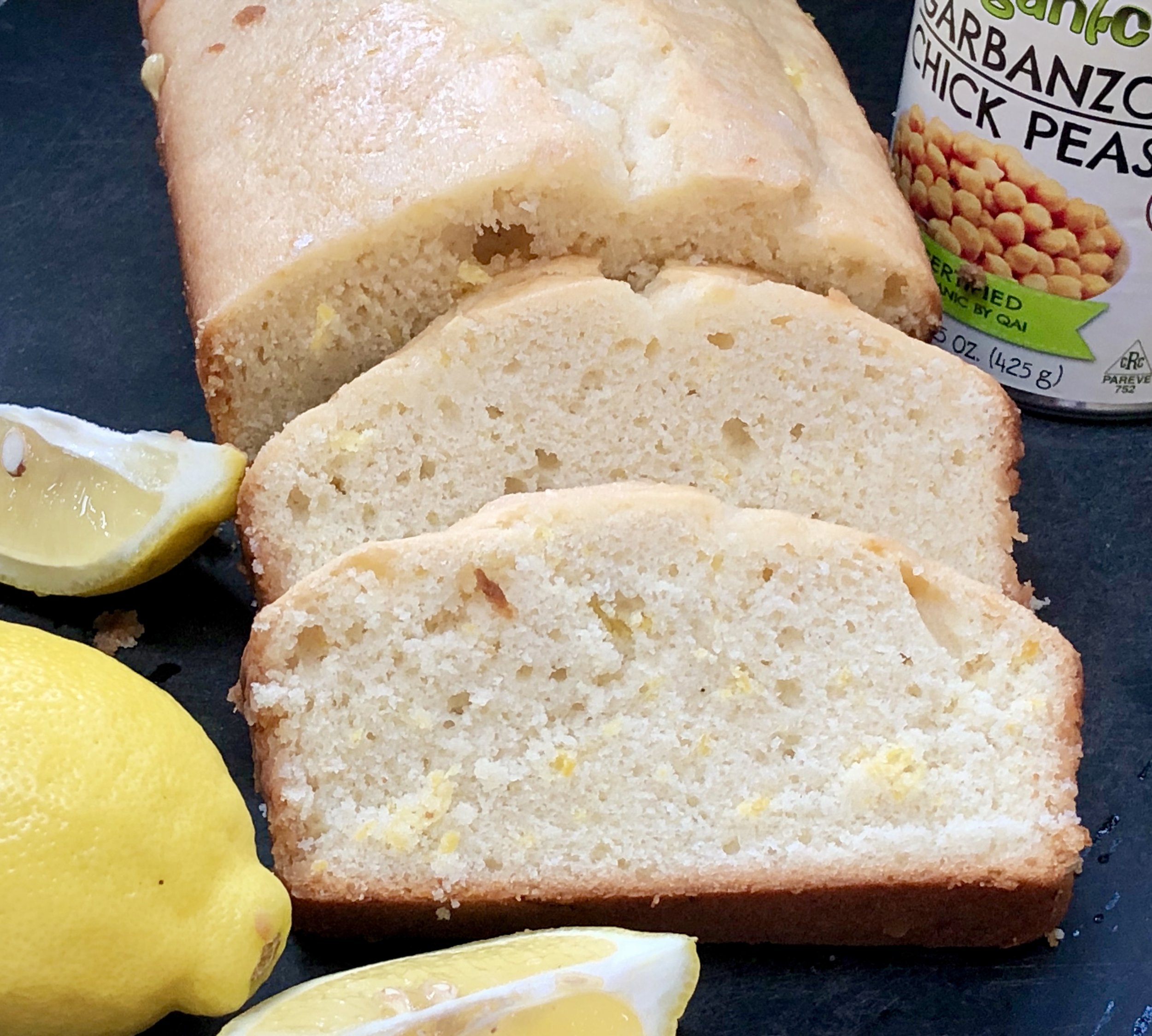Last March Ed and I travelled to Vietnam and Cambodia. We had wanted to go to both countries for years, Angkor Wat (in Cambodia), the big draw of course. But when we were young adults it wasn't possible because of the Vietnam War, which, btw, the Vietnamese call The American War.
And then way led upon way, we took other roads more or less travelled until finally this trip got on our radar and we grabbed the opportunity.
It was a revelation in many ways. Because of the politics. Because these days Vietnam is a friend and trading partner. Because Vietnam is thriving, entrepreneurial and modern whereas the only photos I had in my head were horrific ones from the 1960s (and if you have any desire to see those they are on full display in Saigon's War Remnants Museum).
I also didn't realize how totally different Vietnam and Cambodia are. In every way: culture, ethnicity, religion, language, food, the look of the people.
I vowed to try cooking some of the food we sampled in both countries.
So far, so good. Especially the pho, one of Vietnam's iconic dishes.
Chicken Pho -- basically chicken noodle soup -- is what your bubbe would make if she were Vietnamese. It's nourishing, flavorful, rib-sticking, comforting, warmth-giving. Perfect now that the cold weather is upon us, at least here in Connecticut.
Really. Try this pho. I can't stop wanting some.
Fyi, the second photo is a scene from the breathtakingly beautiful Ha Long Bay in what used to be called North Vietnam. The third photo is the scene in Saigon (Ho Chi Min City) where the helicopters took off on that fateful day in 1975 when the Americans left.
SAIGON CHICKEN PHO
3-1/2 to 4 pound chicken
2 whole star anise
6 cloves
1 tablespoon coriander seeds
One 2 1/2-inch cinnamon stick
1 teaspoon black peppercorns
1 medium onion, quartered
3 1-inch thick slices fresh ginger
1 tablespoon dark brown sugar
8 ounces dried rice noodles
3-4 chopped scallions
1/4 cup chopped cilantro
garnish to taste with thinly sliced jalapeno peppers, bean sprouts, basil leaves, mint leaves, lime wedges. Sriracha (in the United States)
Preheat the oven to 400 degrees. Place the chicken in a soup pot and cover with water. Bring the liquid to a boil over high heat. Turn the heat to low and simmer for 4-5 minutes, removing the debris that rises to the top. While the chicken in cooking, place the star anise, cloves, coriander seeds, cinnamon stick and peppercorns in a single layer in a small dish. Roast the spices for 3-4 minutes, or until fragrant. Add the roasted spices to the soup pot. Add the onion, ginger and brown sugar. Simmer the soup for about 2 hours, until the chicken is very soft. Strain the soup. Remove the chicken to a carving board and, when cool enough to handle, remove and discard the skin and bones. Cut the breast and thigh meat into julienne shreds. (Use the rest of the chicken for other purposes or add more to the soup.)
Keep the soup stock hot over low heat. Cook the rice noodles according to package directions.
To serve, place some rice noodles in serving bowls. Pour the stock over the noodles. Scatter scallions and cilantro into each serving bowl. Garnish as desired with jalapeno pepper slices, bean sprouts, basil leaves, mint leaves and lime wedges.
Note: in restaurants in the United States it is customary to serve Pho with Sriracha sauce on the side, to splash into the soup. Not the case in Vietnam, where fresh chili peppers do the job of spicing the soup.
Makes 8 servings





